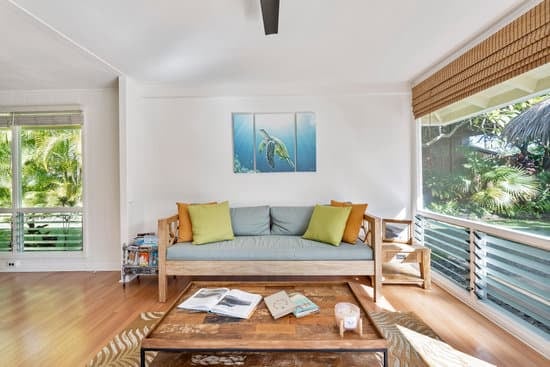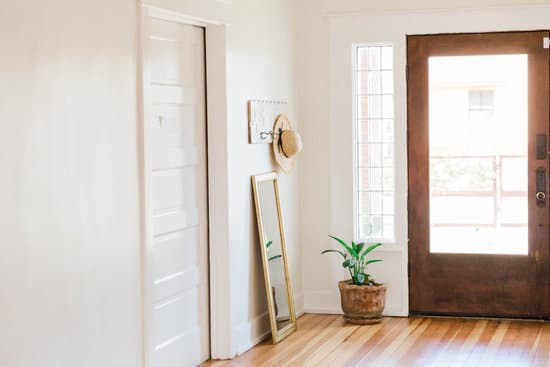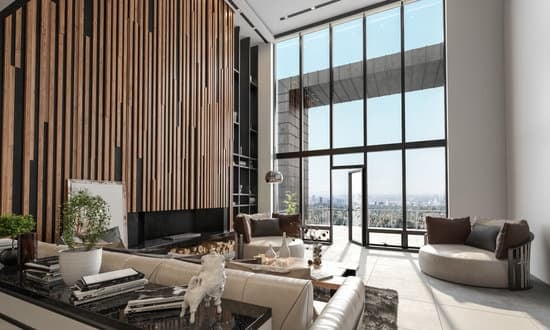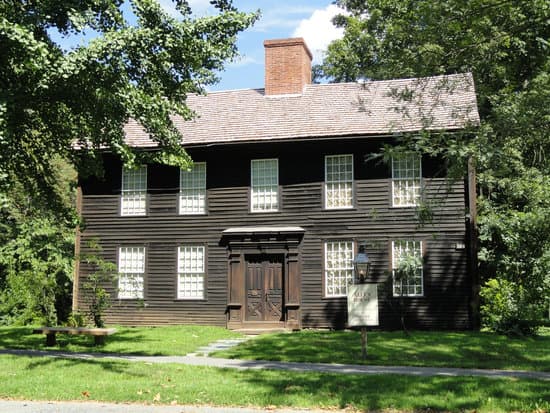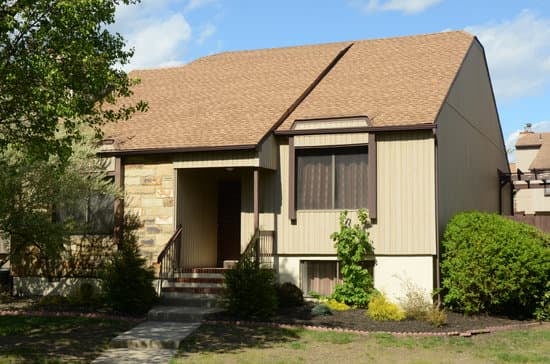The 70% rule is a widely recognized principle in the world of real estate investing. It is a useful guideline for investors to help them calculate the maximum amount they should pay for an unrepaired property, in order to ensure a profitable flip. To put it simply, the 70% rule states that an investor should not purchase a property for more than 70% of its post-repair price (ARV) minus the costs of repairs. Here are some key points to remember about the 70% rule:
The rule is designed to help investors avoid overpaying for a property and ensure they have enough margin for profit.
The 70% figure is not set in stone and can vary depending on the market conditions, competition, and other factors.
The ARV is a crucial factor in determining the maximum purchase price. As a general rule, investors should aim for a 30% profit margin on the ARV.
The costs of repairs must be accurately estimated to ensure the investor does not exceed the 70% threshold.
The 70% rule is not the only factor to consider when evaluating a potential investment property. It should be used in conjunction with other due diligence methods such as analyzing the location, market trends, and condition of the property.
By using the 70% rule, investors can make more informed and profitable decisions when it comes to flipping investment properties. It is an essential tool for any real estate investor to have in their arsenal.











